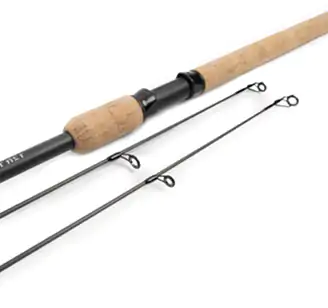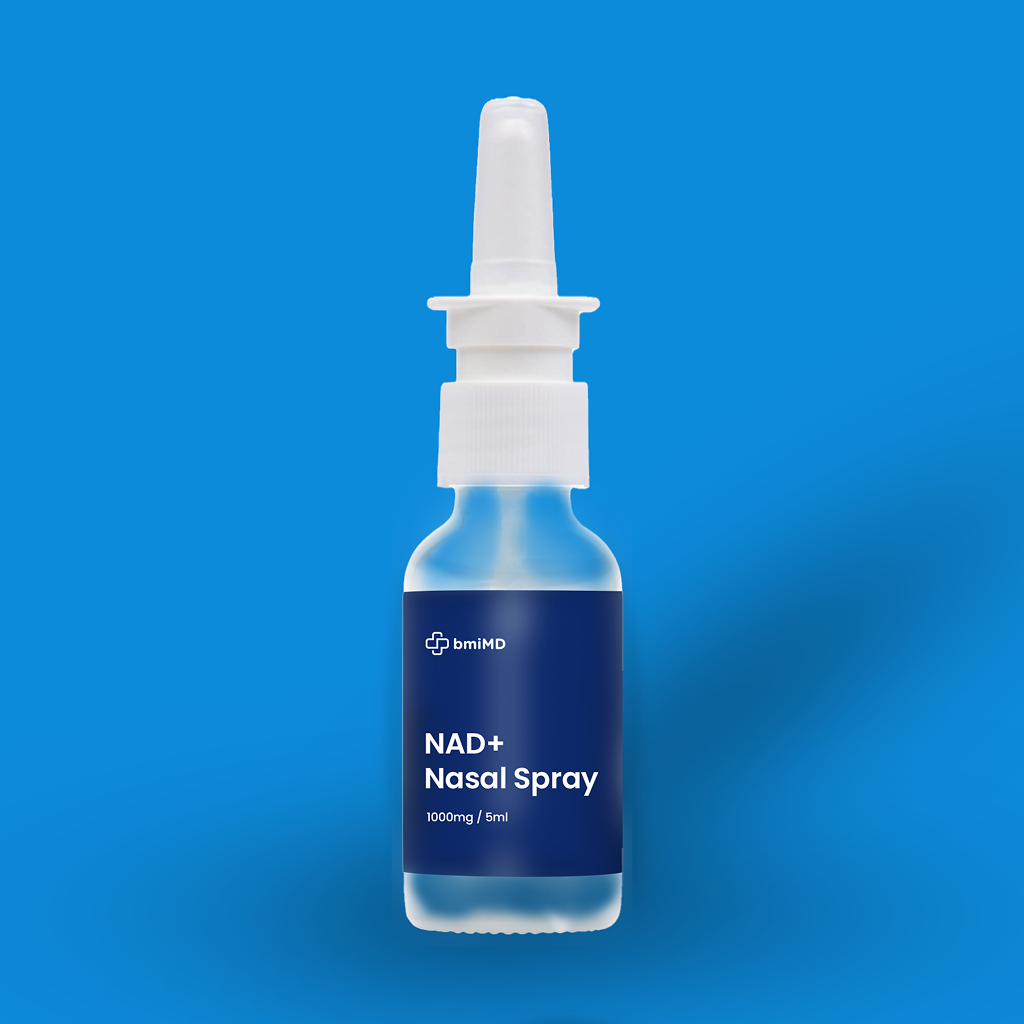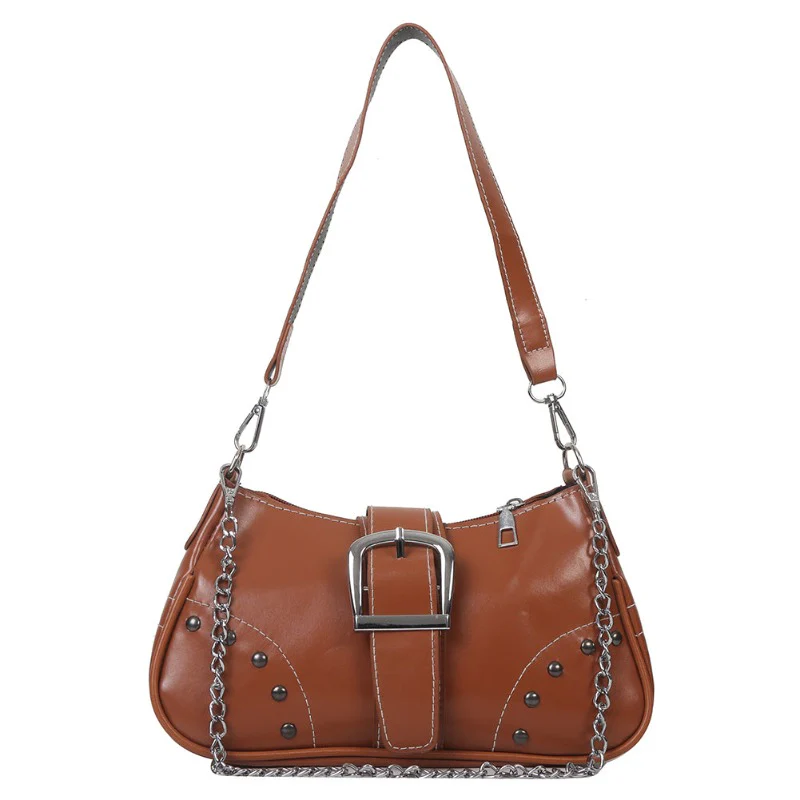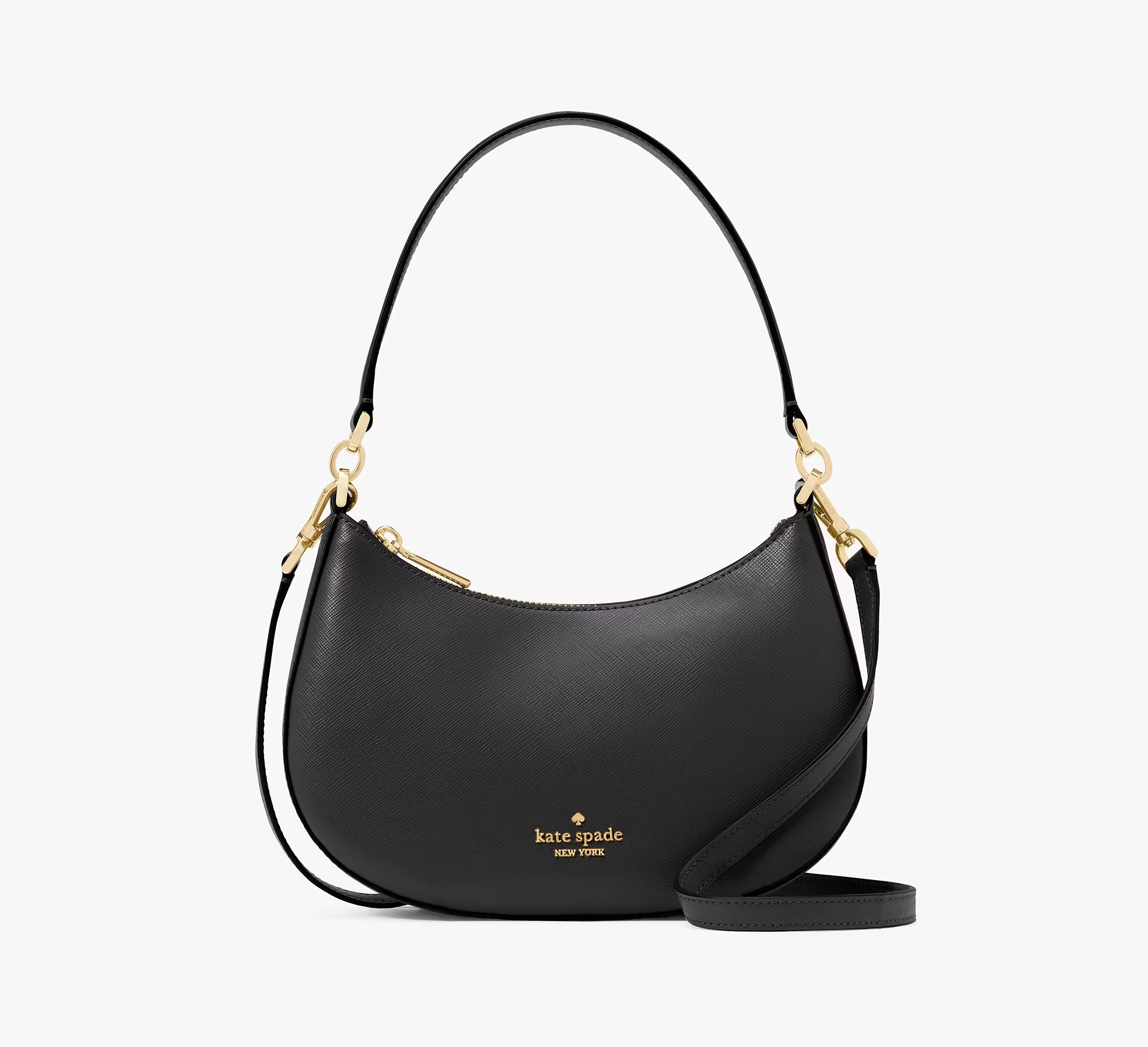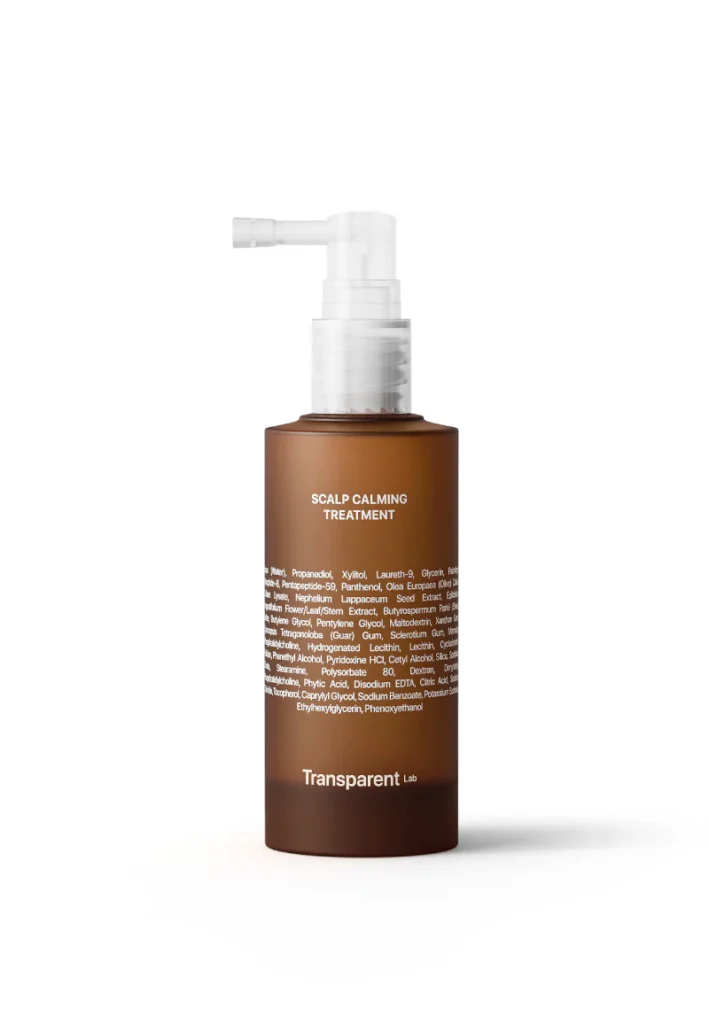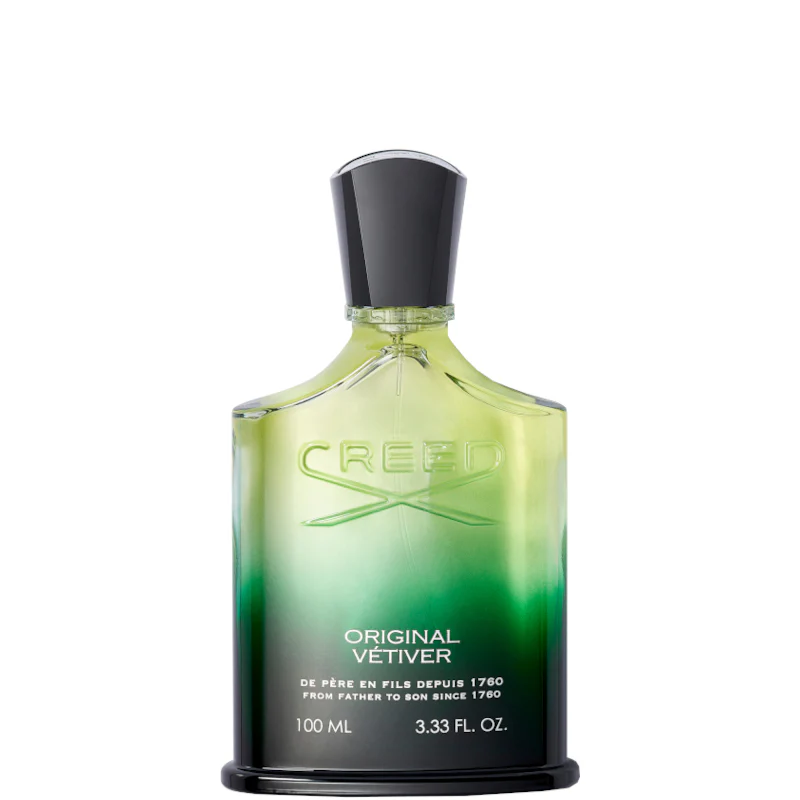If your rod feels wrong, everything downstream suffers: casting accuracy drops, lure action looks lifeless, hooksets miss, and the fight becomes a tug-of-war you didn’t plan for. In this article, we’ll demystify the essentials — length, power, action, materials, and hardware — and map them to real fishing scenarios so you can buy once and fish happily for years. We’ll use the wide category of Fishing rods as our reference point to show how to build a kit that’s precise, durable, and tuned to your species and water.
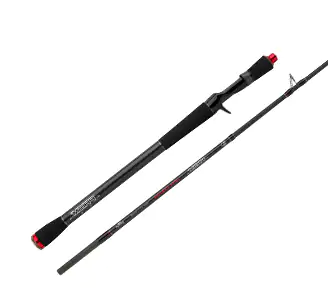
The Three Core Specs: Length, Power, Action
Think of a rod like a lever with a personality. Three traits define that personality:
Length determines casting distance and line control. Shorter sticks (1.8–2.1 m) excel in tight cover and small streams; mid-length (2.1–2.4 m) balances distance and accuracy for general lure fishing; longer rods (2.7–3.6 m+) sling baits farther and control drifts on big rivers or beaches.
Power is the rod’s resistance to bending — ultralight to extra-heavy. Match it to your lure weight and target species. Trout jigs on 2–7 g? Ultralight or light. Pike/zwartbaars with 20–60 g swimbaits? Medium-heavy or heavy. Carp or catfish with big leads? Heavy to extra-heavy.
Action describes where the blank flexes. Fast action bends in the top third (crisp hooksets, excellent single-hook presentations). Moderate/regular spreads bend through the middle (for treble-hook lures, hard runs, and shock absorption). Slow action loads deeper (traditional live-bait or certain fly styles).
Combining the three dials picks your tool: a 2.3 m, medium power, fast action is a bread-and-butter lure rod; a 3.6 m, heavy power, moderate action makes a confident surf setup. The Fishing rods range spans these combinations so you can dial in exactly what you need.
Materials and What They Actually Feel Like on the Water
Graphite/Carbon blanks are light and sensitive — you’ll read the bottom through your fingertips. The trade-off? Higher modulus can be more brittle if abused. Fiberglass is tough and forgiving with a slower action — brilliant for crankbaits and species that surge unpredictably. Composites blend both: carbon’s sensitivity with fiberglass’s resilience, perfect when you need a forgiving backbone and tactile feedback.
Resin systems and scrim (the fabric that reinforces fibers) also matter, but your on-water takeaway is simple: lighter equals less fatigue and more sensitivity; tougher equals more forgiveness when the fight goes wild or a rod gets knocked in a boat.
Guides, Reel Seats, and Handles: Small Parts, Big Differences
Guides: Quality inserts (Alconite, SiC, or equivalent) cut friction and protect braid. More, smaller guides distribute stress and tame line slap for longer casts. Corrosion-resistant frames matter in brackish or salt use.
Reel Seat: A secure, ergonomic seat with exposed blank windows increases sensitivity; locking nuts should cinch without backing off mid-session.
Handles: Cork is warm and classic, EVA is durable and grippy when wet, split grips reduce weight and help balance. For jerkbait work, a shorter rear grip avoids catching on your jacket; for surf and carp casting, a longer butt leverages distance.
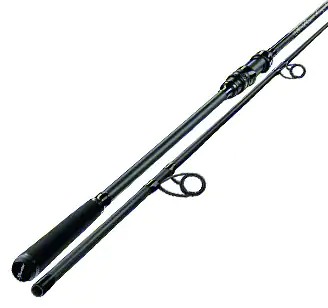
Match the Rod to the Method (and the Fish)
Spinning (Lure & General): The all-rounder. For perch, trout, and light zander, think 2.1–2.4 m, light to medium-light, fast action to work soft plastics and spoons precisely. For pike and heavier zander, step to medium/medium-heavy with lure ratings up to 60 g.
Baitcasting (Predator & Power): When accuracy, heavier lures, and thumb control matter. Shorter 1.9–2.1 m mediums for jerkbaits; longer medium-heavy/heavy sticks for big swimbaits and spinnerbaits. Trigger grips and crisp actions help drive single-hook rigs home.
Feeder (Rivers & Stillwaters): Quiver tips communicate subtle bites on flow. Lengths 3.3–4.2 m with interchangeable tips; pick power by feeder weight and current speed. Moderate actions protect light hookholds at distance.
Carp (Session Fishing): 3.0–3.6 m (10–12 ft) with test curves from 2.75–3.5 lb. Progressive actions cast leads confidently and cushion surges near the net. Line clips and anti-frap guides are bonuses.
Fly (Presentation & Feel): Weight ratings (2–9 wt) correspond to line size. 3–4 wt for small streams and dries; 5–6 wt for trout and light streamers; 7–8 wt for pike or sea trout. Fast-action graphite punches into wind; medium actions present delicately.
Surf/Sea (Distance & Durability): 3.6–4.5 m with medium-heavy to heavy power and corrosion-safe hardware. Moderate actions sling heavy sinkers and keep trebles pinned on wave-surfing fish.
Travel & Telescopic (Always Ready): Multi-piece (4–5 pc) and telescopics have come a long way. Great for hiking, city breaks, or keeping in the car. Protect the tip section and wipe sections before collapsing to avoid grit scratches.
The Fishing rods category covers each discipline so you can mix a primary rod for home water and an auxiliary rod that opens new techniques.
Lure Weight, Line Rating, and Balancing the System
Rod lure weight ratings keep your casts in the “sweet spot.” Under-powering (too light a lure) won’t load the blank; over-powering risks damage and wild casts. Line rating frames the best tension window. As a rule, pair braid diameters and leaders appropriate to the species: fine braid for finesse perch; heavier braid with fluorocarbon leaders for pike and zander teeth.
Balance the rod with the right reel size: a 2500–3000 spinning reel sits beautifully on 2.1–2.4 m medium rods; a 4000–5000 pairs with 2.7 m+ surf/pike outfits. On baitcasters, low-profiles suit most lure work; round profiles handle big swimbaits.
Casting Accuracy vs. Distance (And How to Train Both)
To boost accuracy, shorten your drop and keep the rod tip on a repeatable path; practice sidearm casts under branches and roll casts along reeds. To add distance, lengthen the drop slightly, load the blank smoothly, and time the release when you feel the rod “kick.” Fast actions reward crisp timing; moderate actions forgive and keep treble-hooked fish pinned. Ten minutes of parking-lot practice before a trip pays off on the first rising fish.
Sensitivity and Strike Detection: Feel More, Miss Less
Sensitivity is a system: light blank + tight line + tuned drag + fingertip contact. Rest your index finger on the blank or the foregrip; braid transmits taps and bottom ticks directly. With jigs, lift just enough to feel the weight change; with cranks, note the steady thrum — any pause could be a fish following or mouthing. The right action keeps you connected without ripping hooks out.
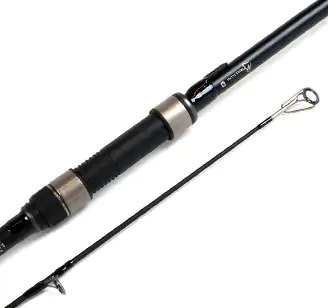
Care and Transport: Make Your Rod Last Years, Not Seasons
- Tube or sleeve: Always transport in a sleeve or hard tube; tips hate car doors.
- Rinse & dry: Freshwater rinse after salt use; dry guides to stop creeping corrosion.
- Ferrules: For multi-piece, assemble with a gentle twist; check alignment dots. Wipe ferrules before packing to keep grit out.
- Hooks & guides: Use a hook keeper — don’t bury barbs in guide frames; it scratches inserts.
- Storage: Keep rods vertical or flat without weight on the tip; avoid hot car boots that soften resins.
Treat a quality stick well and it returns the favor every session.
Build a Two-Rod Foundation (That Covers 80% of Situations)
If you’re building from scratch, start with:
- A 2.2–2.4 m Medium/Fast spinning rod rated to ~25 g — your daily driver for spinners, small cranks, soft plastics.
- A 2.7–3.0 m Medium-Heavy/Moderate rod — doubles as light surf/pier and pike/zander with heavier spoons and jigs.
Add specialty rods later (feeder, carp, fly) as your seasons and waters demand. Because the Fishing rods selection is broad, you can keep the foundation tight and add only where you truly fish.
Common Mistakes (So You Don’t Make Them)
- Buying pure power for tiny lures. Heavy blank + 5 g jig = dead cast and poor action.
- Ignoring action for treble baits. Too fast and you’ll tear trebles; moderate keeps fish buttoned.
- Overlooking handle length. Short handles are great for jerkbaits; long handles launch surf rigs and heavy spoons.
- Skipping guide quality. Cheap inserts + braid = grooves; grooves = frayed line and lost fish.
Dial these out early and your catch rate — and enjoyment — will climb.
A Quick, At-Home Flex Test (Before the First Trip)
Rig the reel and the line you plan to use. Tie on a practice weight in the rated range. Make five smooth casts in a safe area. Feel where the rod loads and releases. If it loads too little, bump lure weight; if it feels overloaded or the tip flutters wildly, step down. This five-minute test translates directly to better water time.
Conclusion
The right rod turns guesswork into instinct: casts land where you look, lures move the way fish expect, and fights feel controlled, not chaotic. Start with the triad — length, power, action — then choose materials and hardware that match your water, species, and style. Build a two-rod base, add specialties as you grow, and treat your gear with basic care. With the breadth of Fishing rods, you can assemble a lean, effective lineup that makes every session more precise and more fun — from tiny creeks to windy beaches.
FAQ
- How do I choose between fast and moderate action?
Fast for single hooks and bottom contact (jigs, Texas rigs); moderate for treble baits and surf casting where shock absorption matters. - What length is best for small rivers and canals?
Around 2.1–2.4 m gives you casting reach without snagging bankside brush; pair with a 2500–3000 spinning reel. - Can one rod do everything?
Not perfectly. A medium/fast spinning rod covers a lot, but adding a medium-heavy/moderate opens surf, pike, and heavier lures. - Do I need fiberglass?
For crankbaits and classic “forgiving” actions, fiberglass or composites shine. For finesse feel, graphite wins. - How important are guide materials?
Very. Quality inserts protect braid from heat and abrasion and cast smoother — worth the upgrade. - What’s a safe starter lure weight range?
5–25 g covers most canal and lake lure work. Match to the rod’s rating for efficient loading. - How do I travel with rods?
Use multi-piece travel blanks in a tube; wipe sections before collapsing; pack tips toward the center of luggage for protection. - Why does my rod squeak on casts?
Check grooved inserts or loose guide wraps. Replace damaged guides and retighten reel seats.


